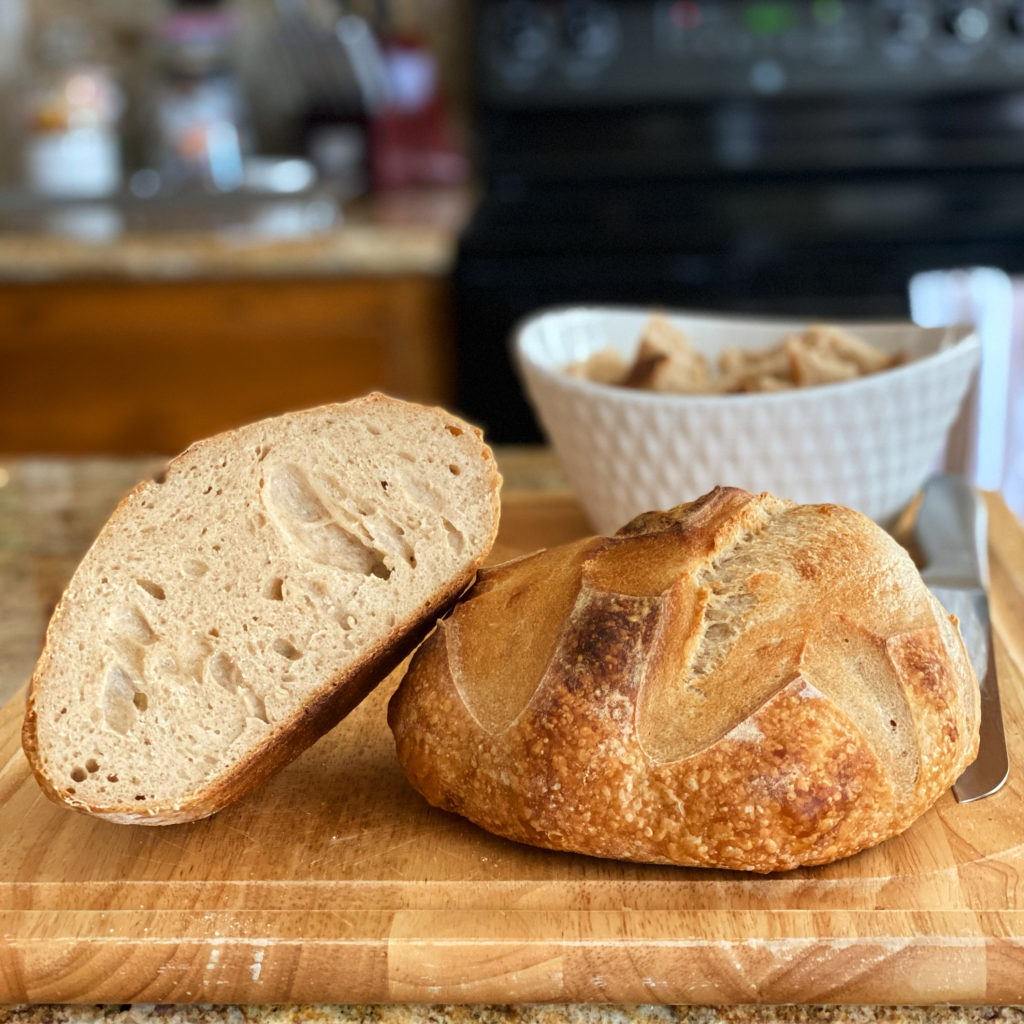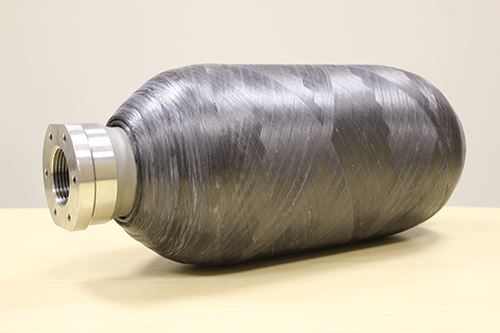
The year 2020 has made some interesting changes to the way we live our lives. For a lot of folks, this has been spending more time at home than ever before. If you didn’t have anything but your thoughts to keep you company during the unrelenting hours, you might yourself going mad. Luckily, some of our Hill Engineering team members have found fun hobbies during the quarantine, for those rare moments when their minds are not occupied by residual stress.
Continue reading HE Hobby Spotlight: Camille
